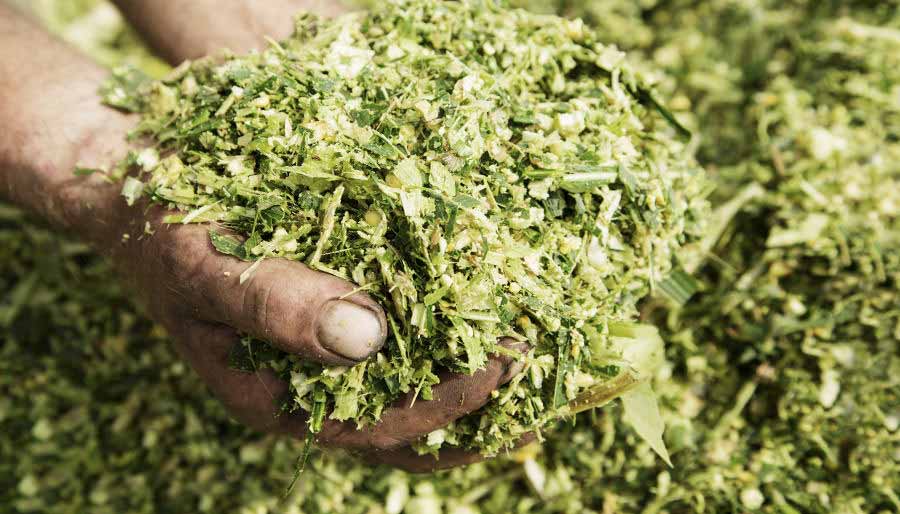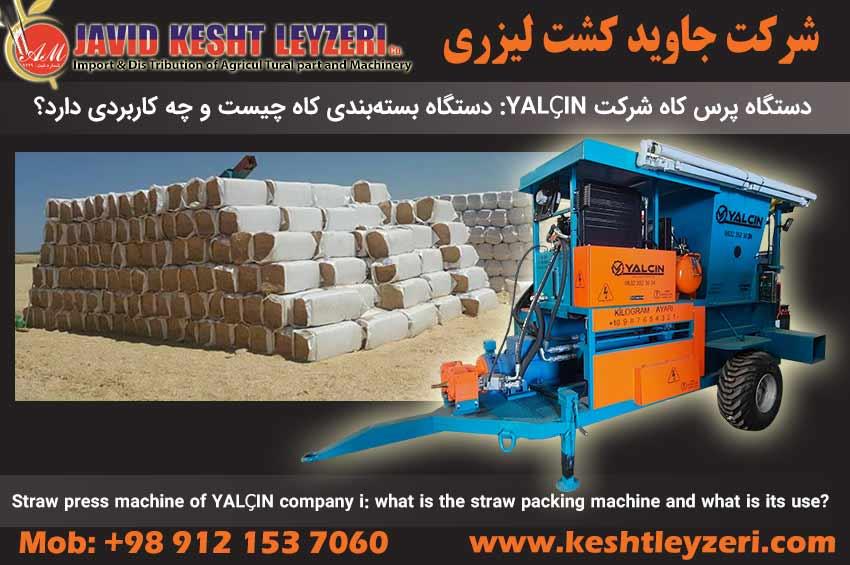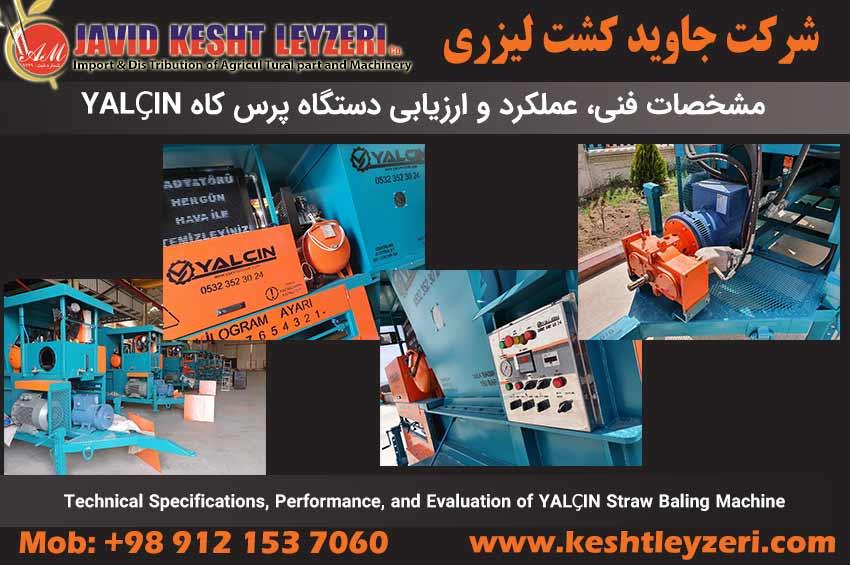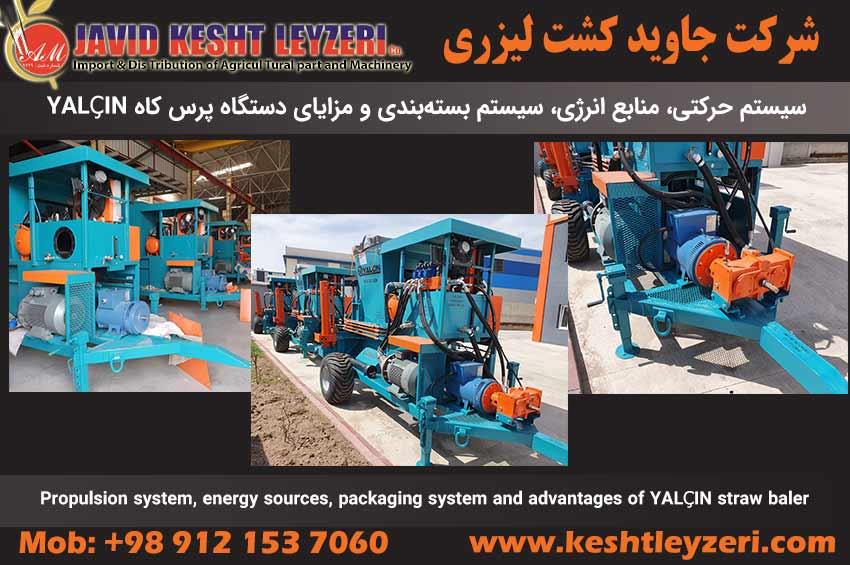
Necessity of using corn silage in livestock feeding
JAVID KESHT LEYZERI COMPANY
The crop provides livestock producers with a high-yielding, relatively consistent source of forage and the animals with a highly digestible and palatable feed. Corn silage produces more energy per acre than any other crop grown in Pennsylvania.
Corn silage serves as a high-energy forage for dairy cows. This is most important for high-producing herds and on farms experiencing problems with making or buying high quality hay crop forage. Corn silage, with its relatively high energy content, is also well adapted for use in low-cost rations for fattening cattle. Corn silage requires less labor per ton to produce than many other forage crops. It can extend the harvest period for the entire corn acreage and provide an opportunity for salvage of stressed or damaged cornfields. Also, corn silage can efficiently recycle plant nutrients, especially large amounts of N and K.

Corn silage has some disadvantages, however. It is difficult to market and transport very far. Corn silage can also lead to an increased potential for soil erosion and a subsequent loss in soil productivity when soil conservation practices are not a part of the production system.






